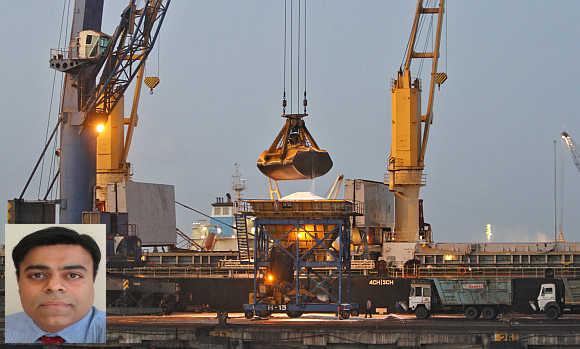
Krishna says liberalisation of agricultural will globally increase the price of food.
Reforming labour laws will likely be key in determining the pace of India's growth trajectory, he tells Faisal Kidwai in an email interview.
Here are the excerpts:
You've worked extensively on international trade and labour issues. There are some who argue that India's reform process has hurt the poor and increased inequality. What's your view?
I believe that it is an unambiguous and incontrovertible fact that poverty rates (defined as the proportion of people living below the poverty line) have declined dramatically in the last three decades.
This conclusion is robust to the sometimes thorny - and recently controversial - issue of how one measures poverty line. This is to say that any consistent methodology of poverty measurement yields the same result: alongside the high growth that India has enjoyed in recent years, poverty rates have gone down significantly (your readers may wish to look at the recent paper by Cain, Hasan and Mitra Trade Liberalization and Poverty Reduction: New Evidence from Indian States for more on this topic).
...
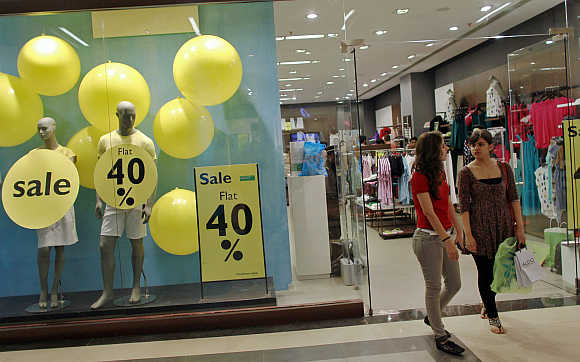
The question of inequality is an interesting one as well. Roughly speaking, inequality measures the extent of the gap between the rich and the poor. As a conceptual matter, it is therefore possible that the poor and the rich are both be better off than they were before that inequality may have risen - raising the question of how we judge this outcome. Do we like the fact that both the rich and the poor are better off despite the increased inequality, or do we dislike it?
Regardless of how one judges this, the data actually suggest that the economic inequality has only shown modest (and non-monotonic) variation in recent years: Overall inequality seems to have fallen between 1988 and 1994, risen slightly between 1994 and 2000, but fallen again by 2005 to roughly the pre-reform levels (your readers may wish to look at the recent paper by Guru Sethupathy and myself titled Trade and Inequality in India for more on this topic).
I should perhaps be careful and indicate that the inequality calculations exclude the incomes of individuals at the very top of the income distribution - whose excesses and conspicuousness of consumption are well documented by the media by now, but whose incomes are generally not recorded in the data sets compiled by statistical agencies and used by researchers to measure inequality.
...
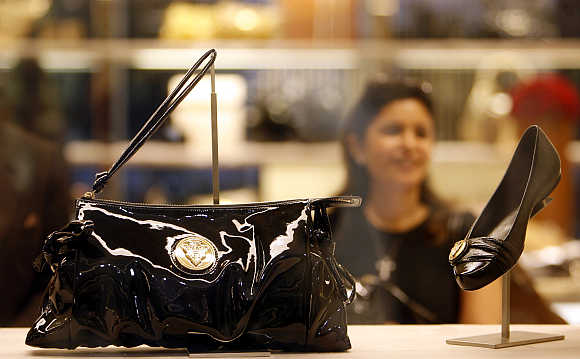
However, if one examined, say the incomes of people at the 90th percentile of the income distribution relative to incomes at the 10th percentile, this inequality has not changed by much in the post reform years. We are roughly now where we were prior to the reforms.
Finally, socially disadvantaged groups, such as the SC/STs, have experienced significant catch-up in education and incomes relative to non-SC/STs in recent years, as documented comprehensively by Hnatkovska, Lahiri and Paul in recently published their paper titled Castes and Labor Mobility.
India's share in global trade isn't much, especially when it comes to trade with neighboring countries. What should it do to increase its share? Another argument is that international trade favours Western companies, especially the United States. What is needed to make international trade a level playing field?
India has demonstrated its ability to develop world-class exports. This is especially so in the technology sector, perhaps because this is the one sector that has stayed ahead of regulatory grasp of the state and is less reliant on government provided services like good roads and ports for its success.
For India to increase its trade share in the world and for South Asia to increase intra-regional trade, the policy prescriptions are straight forward: Lower policy barriers to trade (i.e., tariff barriers, non-tariff barriers and regulatory structures that indirectly restrict trade), and lower other barriers to trade (poor transportation infrastructure, customs clearance services and so on). There has been progress on all of these fronts, but clearly much more can be done.
...
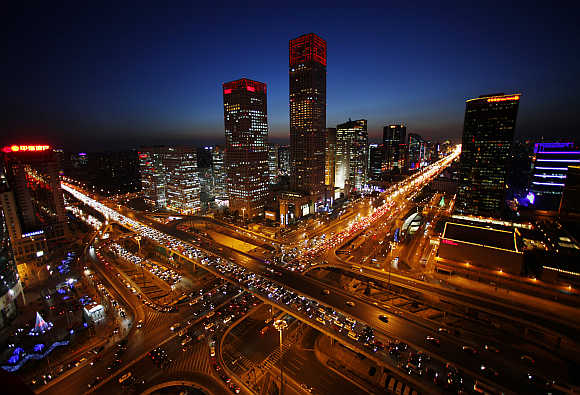
On whether trade favours Western companies, I believe that it would be fruitful for developing countries to focus less on achieving a "level playing field" - whatever this means, and to instead pay more attention to how they might develop a better environment for businesses to flourish both domestically and in an international context.
For instance, India currently ranks below 100 (out of 180 countries) for this ease with which one can trade across its borders according the "Doing Business" indicators published by the World Bank.
Whatever the merits or demerits of the ranking methodology employed by the World Bank, clearly we could be doing much better in facilitating business and trade.
China's export successes in manufactures, and our own success in the technology sector, clearly serve as a reminders of what developing countries can potentially achieve, regardless of whether they a face a fully level playing field in the West or not.
As a side note, you might be surprised by how often political and business rhetoric in the United States itself veers in direction of imagining the rest of the world to be "cheaters" while similarly demanding a level playing field for US corporations.
...
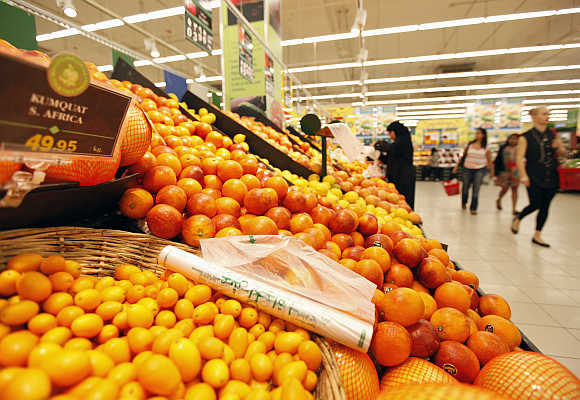
Asking for government support to level the playing field is a standard tactic employed by businesses worldwide and we should understand it as such.
India has allowed foreign direct investment in retail, but critics say this move will increase unemployment. Do you think this is true? What are the major issues affecting the labour market in the country?
The worries regarding greater unemployment due to FDI in the retail sector are overstated. Small local shops and big retailers are mostly not direct competitors. Indeed, in India, domestically owned supermarkets and small shop owners have flourished alongside each other.
Similarly, while foreign multi-brand retailers will bring to India goods and services that our consumers will value and purchase, our local small shop owners will have their advantages too, for instance, close proximity to shoppers. I can't imagine that most of us would be running off to a foreign-owned supermarket retailer each time we run out of rice, milk or sugar.
In the longer run, I imagine that domestic retailers will broadly benefit by learning about the global best practices concerning storage, distribution, inventory management and so on that foreign retailers will bring and by adapting them suitably for local conditions.
...
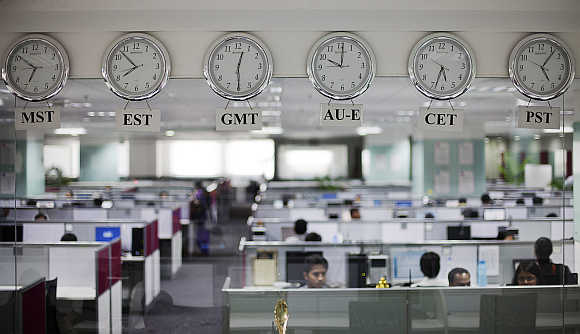
Regarding labour market regulations, I think it is clear that Indian labour market regulations are in urgent need of reform. While no one would argue that we need to have worker protections in the law, most would agree that Indian labour regulations, as they stand, often work against the interests of labour itself.
For instance, if you make it difficult or impossible to fire workers, firms become reluctant to hire them, especially into formal jobs. This implies that we have a larger pool of informal "contract" workers who don't enjoy the legal protections and job security that the law intended for them in the first place.
Restrictive labour regulations can also induce firms to operate less than optimally, by hiring fewer workers than they ideally need or by shifting to capital intensive manufacturing techniques, even if this is costly to do (your readers may wish to see the recent research paper by Hasan and Jandoc, Labor Regulations and Firm Size Distribution in Indian Manufacturing on this). None of this helps labour. Reforming labour regulations is obviously going to be extremely challenging.
And yet, this will likely be key in determining the pace of India's growth trajectory away from agriculture and into manufacturing and services.
...

With the balance of power shifting from West to East, do you expect a shift in international trade ties and how international trade bodies are run?
In many ways it is already clear that the interests of developing countries have begun to be reflected to a greater extent in discussions undertaken at the World Trade Organisation.
Prior to Uruguay round of trade negotiations (concluded around 1995), textiles and agriculture, two sectors of major importance to developing countries, were largely excluded from multilateral trade negotiations. The Uruguay round dealt with textiles and eliminated the cumbersome, and often arbitrary, multi-fibre agreement that governed textile trade in the preceding years.
The ongoing round of trade negotiations, the Doha round, has finally taken on agricultural trade liberalisation and the elimination of agricultural subsidies in the West. Interestingly, it is les than clear that developing countries (including those in Asia) have a common stance on the Doha agenda on agriculture. Countries that are net importers of food may have different interests than net exporters of food.
...

Also, developing countries that already have preferential access to particular markets in the west (say to the US or the EU market) are less interested in agricultural liberalisation that will take this preferential access away.
Additionally, there are complex internal economic and political issues for countries to consider. India itself appears somewhat undecided on way it would like to see the Doha round go: Agricultural liberalisation worldwide is expected to increase the price of food and while this is likely to be good for farmers, it will be costly for consumers of food, and especially challenging for the urban poor.
Clearly, many difficult issues remain, but I remain hopeful that a grand multilateral bargain will be worked out and that Doha will succeed.